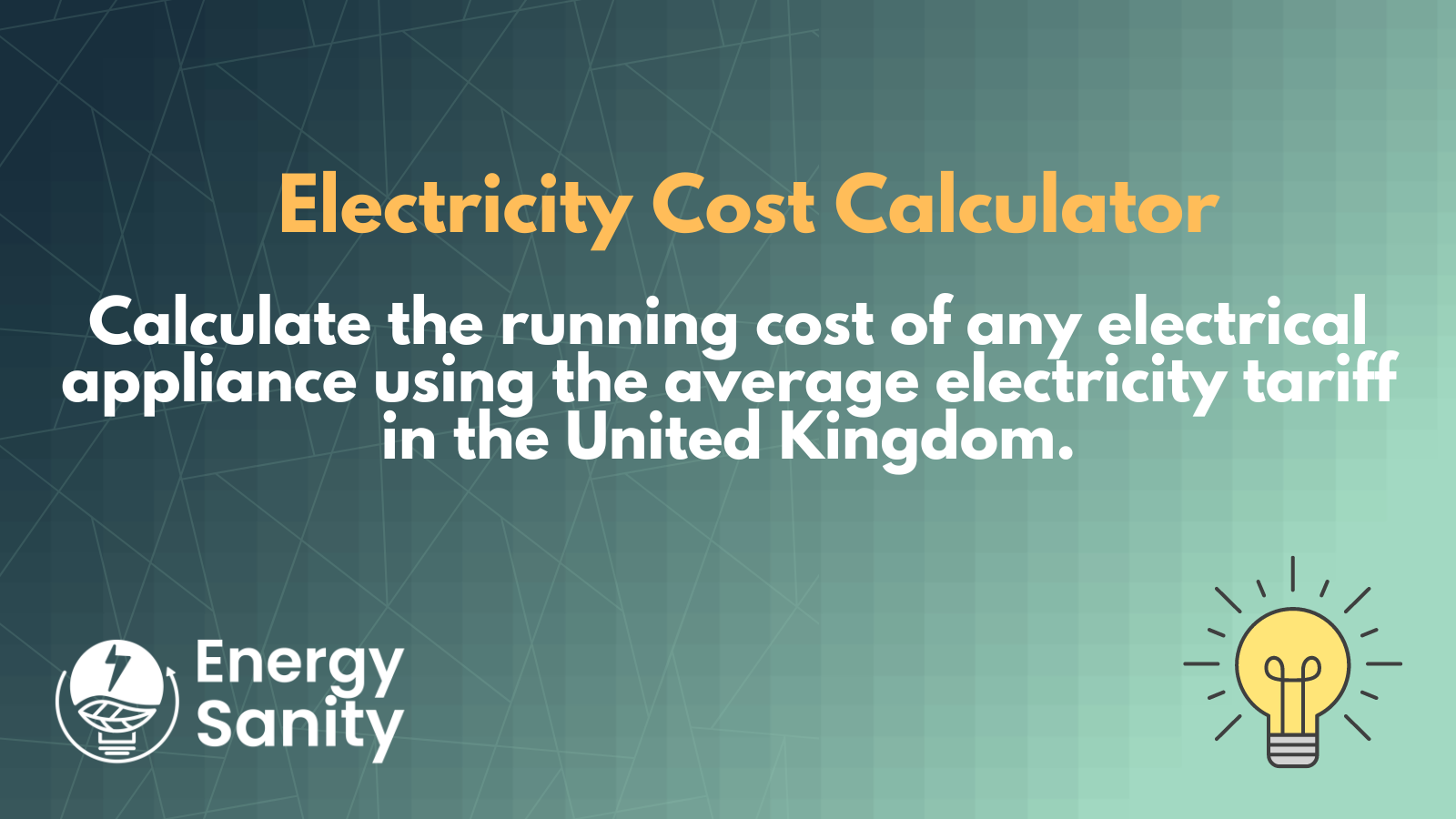Have you ever wondered how to read your electric meter to determine your energy consumption? Understanding how to read an electric meter is essential for monitoring your energy usage and managing your energy bills. In this guide, we’ll take you through the steps to read different types of electric meters and provide tips for accurate meter reading. So, let’s dive right in!
Different Types of Electric Meters
Before we get into the specifics of reading electric meters, it’s important to know that there are three main types of meters. Let’s have a quick look at each type:
Analogue Meters
These are the traditional, old-school meters with rotating dials. They are not as common today, but you might still find them in older properties.
Digital Meters
Digital meters display your energy usage on an LCD or LED screen. These meters are more common in modern homes and provide a straightforward reading of your energy consumption.
Smart Meters
Smart meters are the latest technology in the energy industry. They wirelessly transmit your energy usage data to your energy supplier, providing you with real-time information about your consumption.
Thank you for reading this post 🙌 - don't forget to take advantage of our New Free Tools: Electricity Cost Calculator and Energy Bill Calculator 👇
Energy Bill Calculator
Our Energy Bill Calculator is designed to help you estimate your electricity costs in the…
Electricity Cost Calculator
Do you want to know how much your electrical appliances are costing you every month?…
Reading an Analogue Meter
Understanding the Dials
Analogue meters consist of a series of dials, typically four or five, that record your energy consumption. Each dial represents a digit in your meter reading, and they rotate in alternating directions (clockwise and counter-clockwise).
Reading the Dials
To read an analogue meter, follow these steps:
- Start from the leftmost dial and work your way to the right.
- Note the number that the dial hand is pointing to. If it is between two numbers, record the lower number. If it is directly on a number, check the next dial to the right. If the next dial is on or has passed 9, record the number the hand is on; otherwise, record the lower number.
- Repeat the process for each dial.
Calculating Your Usage
To determine your energy usage, subtract your previous reading from your current reading. This will give you the number of kilowatt-hours (kWh) you’ve consumed during that period.
Reading a Digital Meter
Identifying the Display
Digital meters have either an LCD or LED screen that displays your energy consumption. Some digital meters may have multiple displays or buttons to navigate through different tariffs or rate periods.
Reading the Numbers
To read a digital meter, simply note down the numbers displayed on the screen from left to right. Ignore any numbers in red or any that are followed by a decimal point.
Understanding the Tariff Rates
Some digital meters display readings for different tariff rates, such as day and night rates. If your meter has multiple rates, make sure you note down the reading for each rate and label them accordingly.
Reading a Smart Meter
Accessing Your Usage Data
Smart meters come with an in-home display (IHD) that shows your energy consumption in real-time. To access your usage data, simply check the IHD, which usually has an easy-to-navigate touchscreen or buttons.
Understanding the Data
Smart meters provide detailed information about your energy usage, including kWh consumed, the current tariff rate, and historical data. You can use this information to monitor your energy consumption and make changes to reduce your energy bills.
Managing Your Consumption
Smart meters allow you to set goals and track your progress towards reducing your energy usage. You can also set up alerts to notify you when your consumption exceeds a certain threshold, helping you stay on track with your energy-saving targets.
Tips for Accurate Meter Reading
- Read your meter at the same time each month to ensure consistency.
- Always record the readings in the same format, so you can easily compare them.
- If you’re unsure about a reading, take a photo of the meter and ask your energy supplier for assistance.
- Make sure your meter is easily accessible and well-lit to avoid errors in reading.
Monitoring Your Energy Usage
Regularly monitoring your energy usage helps you identify patterns, spot inefficiencies, and make changes to reduce your energy bills. By understanding your consumption habits, you can make informed decisions about when to use energy-intensive appliances and how to adjust your usage during peak and off-peak periods.
Conclusion
Reading your electric meter is an essential skill for managing your energy consumption and keeping your energy bills under control. Whether you have an analogue, digital, or smart meter, the steps outlined in this guide will help you understand how to read your meter accurately. By monitoring your usage regularly, you can make informed decisions about your energy consumption and ultimately save money on your energy bills.
Frequently Asked Questions
Q1: How often should I read my electric meter?
A1: It’s a good idea to read your electric meter at least once a month to keep track of your energy consumption and ensure accurate billing.
Q2: What is a kilowatt-hour (kWh)?
A2: A kilowatt-hour (kWh) is a unit of energy measurement. It represents the amount of energy consumed by a 1,000-watt appliance running for one hour.
Q3: Can I submit my meter readings to my energy supplier?
A3: Yes, most energy suppliers encourage customers to submit their meter readings to ensure accurate billing. Check with your supplier for their specific process.
Q4: How do I reset my smart meter’s in-home display (IHD)?
A4: Resetting your IHD varies depending on the make and model. Consult your smart meter’s user manual or contact your energy supplier for instructions.
Q5: What should I do if I suspect my electric meter is faulty?
A5: If you believe your electric meter is faulty, contact your energy supplier.


